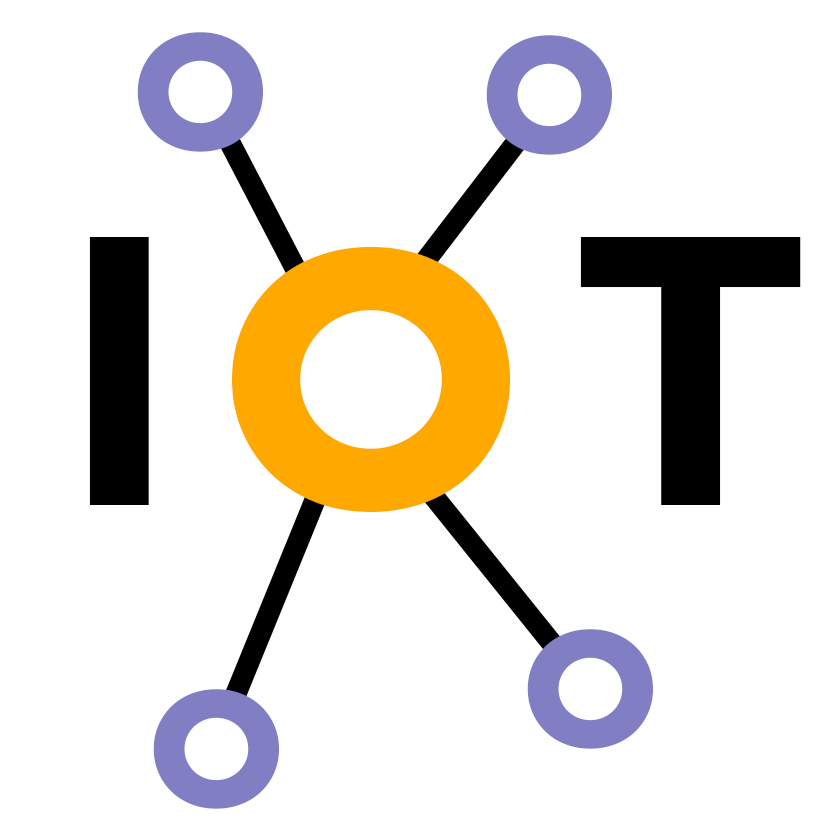This is an old revision of the document!
Smart Home System with Alexa App
Author: Catalina Sirbu
Master: ACES
Web application
Source code on Github:
Demo video
Presentation Link
Description
The control of 2 light bulbs is achieved in 3 ways:
- using the manual switches: This is the traditional way of controlling light bulbs where a switch is used to turn the light on or off.
- using the Alexa voice command: This can be done through a device such as an Echo Dot or through a phone app that has the Alexa app installed. The user can give voice commands such as “Alexa, turn on light 1” to control the light.
- using a Firebase app for state switching: Firebase is a mobile and web application development platform. It can be used to develop an app that controls the state of the light bulbs. This can be done by connecting the light bulbs to ESP32 controller, which can then be controlled through the app.
Hardware Description
The proper use and integration of hardware components is crucial for the successful functioning and performance of any computer system or electronic project. The following components were chosen based on the ability to achieve a desired functional outcome while minimizing expenses.
- The ESP32 WROOM is a low-power, low-cost microcontroller that is often used for IoT projects. It has built-in WiFi and Bluetooth capabilities, making it well-suited for connecting to other devices wirelessly.
- The Alexa app is used to control the ESP32 through voice commands. The app can be downloaded onto a smartphone or tablet and used to connect to the ESP32 over a WiFi network. In this case, it is not mandatory to have an Alexa device(eg. Echo Dot).
- In a smart home system, lightbulbs can be controlled by voice commands or through a mobile app to turn on or off. This allows for adjusting the lighting in the home to fit different needs, such as creating a comfortable atmosphere for watching TV or setting a wake-up light in the morning.
- Buttons are used to control the system, to turn on or off lights.
- An optocoupler relay module is important for electrical isolation between the input and output circuits. This means that the input circuit, which is connected to a microcontroller is completely separate from the output circuit, which is connected to a higher voltage or current load. This isolation helps to protect the input device from damage and also helps to prevent electrical noise and interference from affecting the input circuit.
All these components are connected together to create a final project that allows the control of lightbulbs. The result is a fully-automated and voice-controlled Smart Home System that gives the user the ability to control various aspects of their home with ease.







